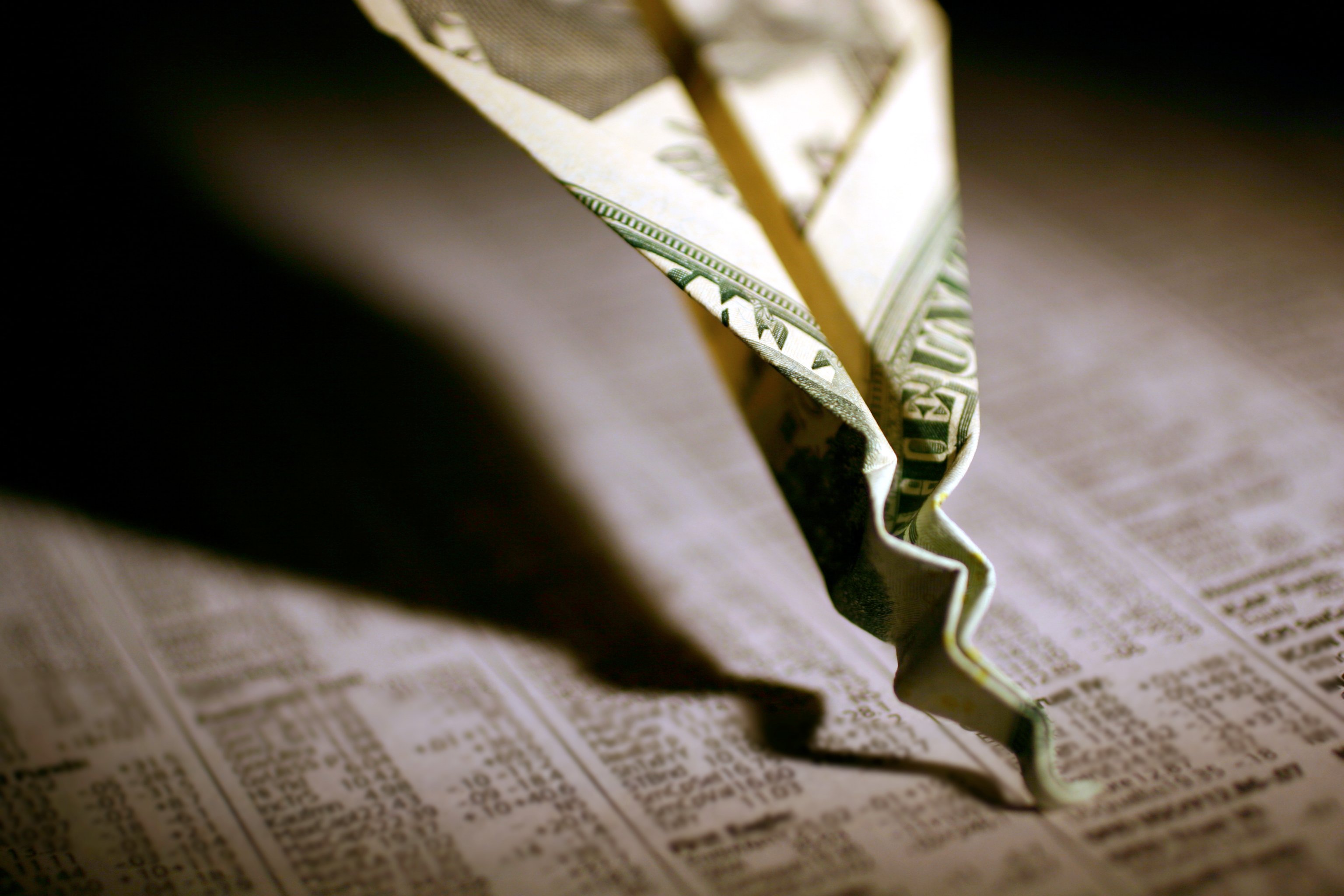
The S&P 500 (^GSPC +0.16%) hasn't given investors anything close to the strong performance they saw in 2013, but it has still managed to post minimal gains so far for the year. In fact, if it weren't for the consumer discretionary stocks in the S&P, every single sector of the index would be up on the year. Yet overall, the consumer discretionary sector has fallen by nearly 5% in 2014, and that has some investors worried about the health of the bull market on the whole. Let's take a closer look at how Best Buy (BBY 4.87%), Amazon.com (AMZN 0.37%), and General Motors (GM +0.04%) have held the S&P 500 back.
How retail hurt the S&P
Within the consumer discretionary sector, retail stocks have generally performed the worst, with broad weakness throughout the retail area. Department stores and grocery stores have held up reasonably well all told, but specialty retail stores haven't fared nearly as well. Adverse weather during most of 2014 has played a role in that decline, but retail stocks can't blame the weather for all of their woes.

For Best Buy, nearly all of its 35% share-price plunge came early in the New Year, as its holiday results couldn't live up to the high expectations that investors had of the electronics retailer. Throughout 2013, Best Buy stock had soared as shareholders had increasing confidence in its turnaround efforts. But Best Buy has seen increasing competition on two fronts. On one hand, Amazon has ramped up its online-retail presence, and as shoppers continue to gravitate toward buying electronics online, Best Buy has had to make costly moves like matching price guarantees and other margin-slashing initiatives to keep its market share up. At the same time, all-purpose big-box stores have moved into electronics as well, seeking to compete on price as well while giving shoppers another reason to come into their locations. Finding the right balance has challenged Best Buy, and there's no certain solution to its problems on the horizon.

Source: Amazon.com.
Surprisingly, though, Amazon has also struggled, falling 27% in 2014. For years, investors have been willing to let Amazon defer maximizing its profits as long as its revenue continued to climb at an impressive rate. Yet this year, investors have been less forgiving of Amazon's quarterly earnings reports, as the general attitude toward high-momentum stocks across the market has deteriorated and sent many former high-flying share prices plunging. Amazon continues to come out with innovative ideas like its Fire TV product and is trying to boost revenue by raising the price of its popular Amazon Prime service, but the stock hasn't reacted favorably and could need more signs of profit-production potential in order to reverse its losses.

Source: General Motors.
Auto woes
Beyond retail, General Motors has fallen more than 15%. GM's woes are largely company-specific, as controversy over having to recall 2.6 million vehicles because of faulty ignition lock mechanisms has not only been costly in the short run but also threatened its longer-term reputation. After expectations of relatively small one-time charges related to the recall, estimates have ballooned well above the $1 billion mark. Even worse, the ongoing escalation of the scope of the recall's financial impact has kept it in the news, and General Motors has had to answer criticism that it should have fixed the problem when it first learned of it rather than letting it ever get to this stage. Add to that the negative impact of bad weather on car-shopping activity, and General Motors' slump becomes easy to understand.
Consumer discretionary stocks won't hurt the S&P 500 forever, but at least for now, they're keeping the index from larger gains. If the economy starts to deteriorate and leave consumers in an even weaker financial condition, then these and other members of the S&P 500's consumer discretionary sector could see further declines.









